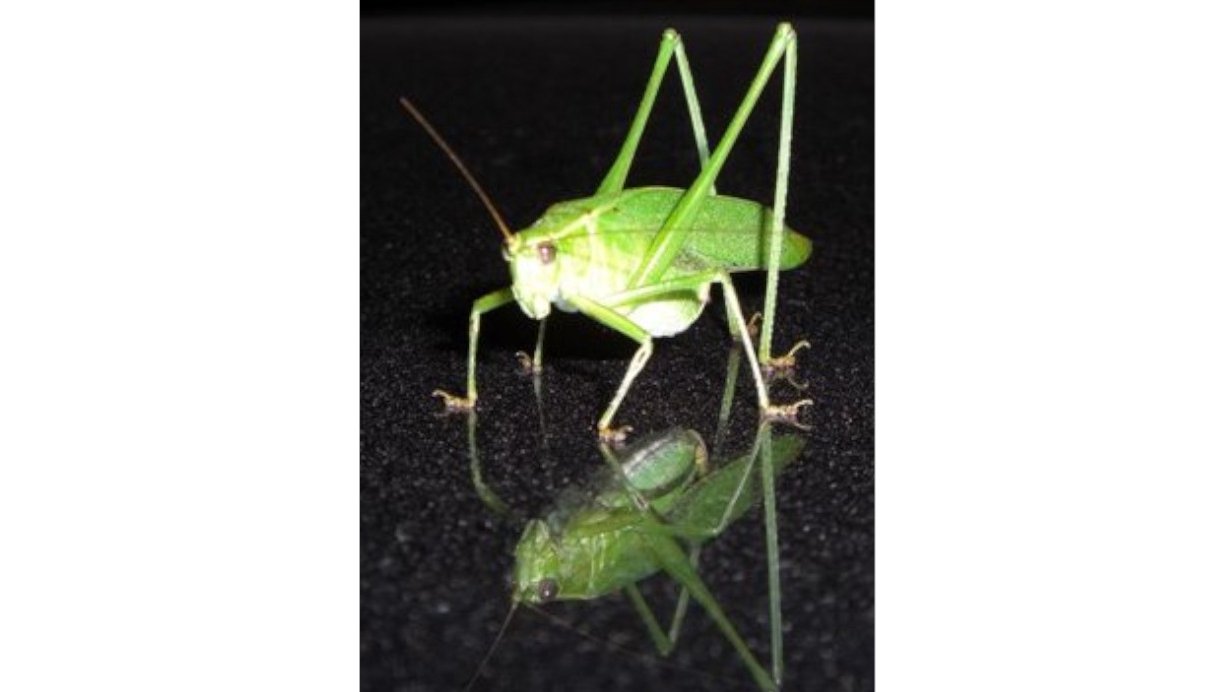Job 10:12
"You have granted me life and favor, and Your care has preserved my spirit."
Relationships among creatures who are often very different from one another are so numerous—and so intelligent—that they witness to an overall design for living things. Even evolutionists recognize this when they talk about the "grand design" of the living world. And if design is that evident, there must be a designer. But there's even more to the matter than seeing a designer.
Some of the most ferocious wasps in the world live in the tropical forests of Costa Rica. These wasps are social, building a huge nest that can be two feet long and one foot across. They are short tempered and highly protective of the tree in which they build their nest. Most other creatures give these wasps and their tree plenty of room.
But one other creature also calls the tree home—the katydid. These long horned grasshoppers spend much of their day sitting in the wasps' tree. The wasps don't bother the katydids, because they offer no threat to the wasps. At the same time, none of the katydids' many predators dare come close to the tree because of the wasps. In one research project, scientists removed the wasp nest from a tree that was home to many katydids. A few days later the katydids were gone from the tree as well.
The relationship between these wasps and the katydids is called symbiosis and shows more than intelligence and design in the creation. It shows that the Creator cares about everything He has made—reminding us that He desires a loving relationship with each of us!
Prayer: Dear Heavenly Father; how often I forget that You care for me and invite me to be even closer to You than I am now. Forgive me and draw me closer to You through Your inviting Word in the Bible. In Jesus' Name. Amen.
REF.: Science 84, April 1984, p. 65. Image: Kayedid (Pixabay.com)
© 2024 Creation Moments. All rights reserved.







